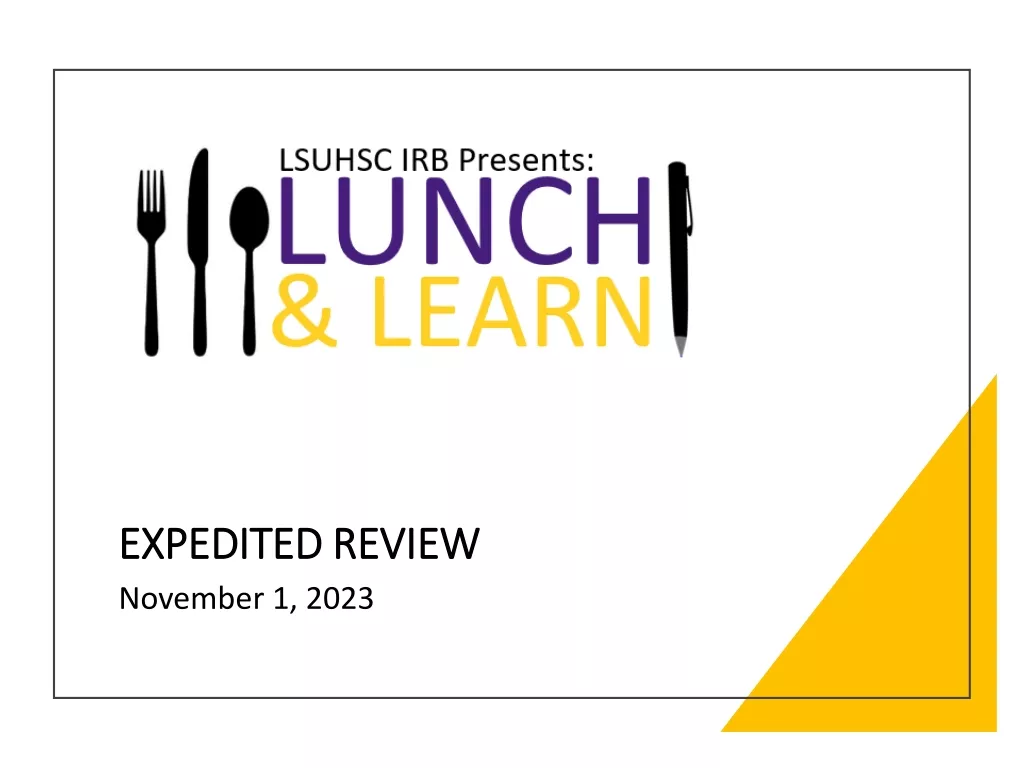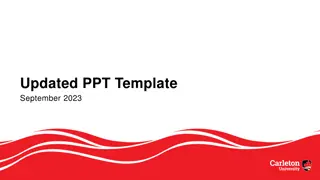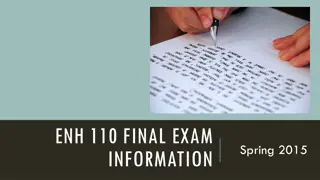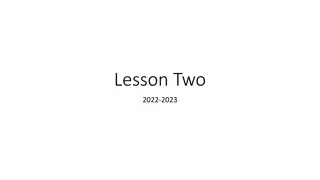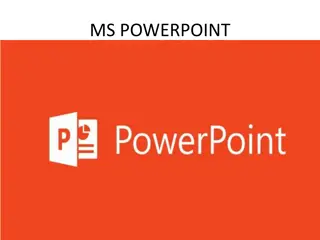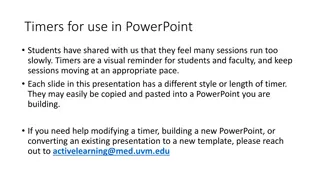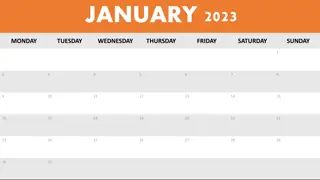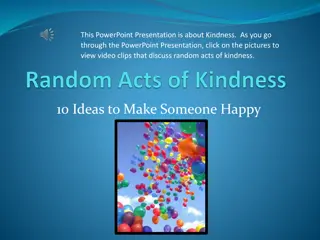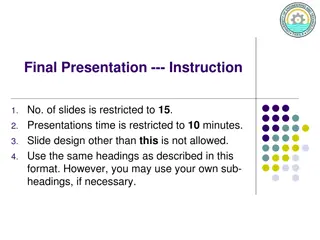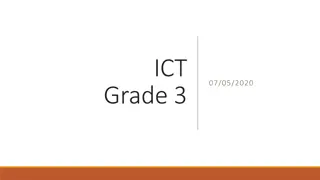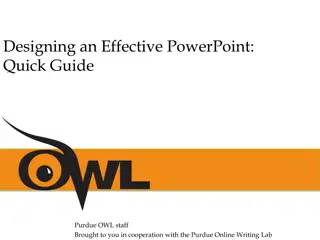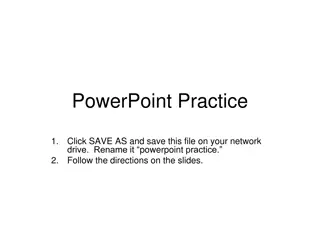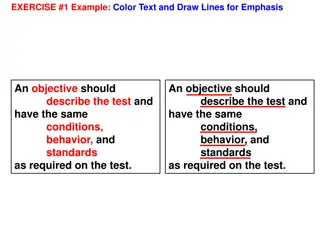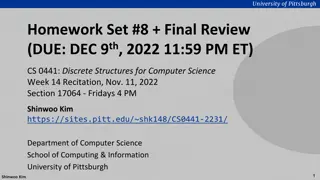
Understanding Medical Emergency Response Protocols
Explore key concepts in emergency response, including pediatric trauma scales, injury severity scores, ESF categories, USAR teams, NIMS courses, NFPA standards, and OSHA regulations. Gain insights into statistics and analytical methods used in healthcare settings.
Download Presentation

Please find below an Image/Link to download the presentation.
The content on the website is provided AS IS for your information and personal use only. It may not be sold, licensed, or shared on other websites without obtaining consent from the author. If you encounter any issues during the download, it is possible that the publisher has removed the file from their server.
You are allowed to download the files provided on this website for personal or commercial use, subject to the condition that they are used lawfully. All files are the property of their respective owners.
The content on the website is provided AS IS for your information and personal use only. It may not be sold, licensed, or shared on other websites without obtaining consent from the author.
E N D
Presentation Transcript
Pain Pallor Paresthesias Pulseles Paralysis Poikelothermia
Pediatric Trauma Scale -6 to +12 <9 high mortality Size/Airway/CNS/Pulses/Wounds/Fx s +2/+1/-1
ISS Three steps Rank injury 1 6, with 6 being maximal One of nine regions Take the three worst ISS = A2 + B2 + C2, score from 1 75 Any 6 s is automatic 75
ESFs ESF 1 = Transportation (DOT) ESF 2 = Communications (DHS/FEMA) ESF 3 = Public Works & Engineering (DOD/FEMA) ESF 4 = Firefighting (USDA) ESF 5 = Emergency Management (DHS/FEMA) ESF 6 = Mass Care (DHS/FEMA) ESF 7 = Logistics & Resources (GSA/DHS/FEMA) ESF 8 = Public Health (HHS) ESF 9 = USAR (DHS/FEMA/DOD) ESF 10 = Oil and Hazardous Mat (EPA) ESF 11 = Agriculture and Nat Resources (USDA) ESF 12 = Energy ESF 13 = Public Safety ESF 14 = Long Term Community Recovery ESF 15 = External Affairs
USAR 28 federal teams 85 personnel 14 days self-sustaining FEMA
NIMS Courses IS 100 = Intro to ICS IS 200 = ICS for Single Resources and Initial Action Incidents IS 700 = NIMS IS 800 = National Response Framework
NFPA 1221 = Call receipt to alert unit 90 sec / 90% 1500 = Health and Safety for Fire Service: Fireground Unit have transport capable unit standing by: EAP available 1582 = Occupational Health 1584 = Rehab standards 84 REHAB!!! 1710 = Response Times, 1720 = Volunteer
OHSA 1904 = employers keep records on W/P related fatalities, injuries, illnesses 1910 = plan for BB pathogen exposure, masks, resources for TB risk prevention
Statistics Parametric bell curve Student s T, ANOVA Non-parametric not normally distributed Wilcoxon, Chi Square Enumerative clinical studies, one effect Analytical CQI, provider performance Special cause Provider Common cause other factors (change blade)
Statistics Numerical = parametric = StudT and ANOVA Categorical = categories Categorical = Chi square Binary = Chi square Ordinal = Wilcoxon/Kraskall
APGAR Appearance = Blue Acro Nl Pulse = 0 - <100 - >100 Grimace = 0 Grimace Crying Activity = 0 Arms Nl Respiration = 0 Slow - Nl

